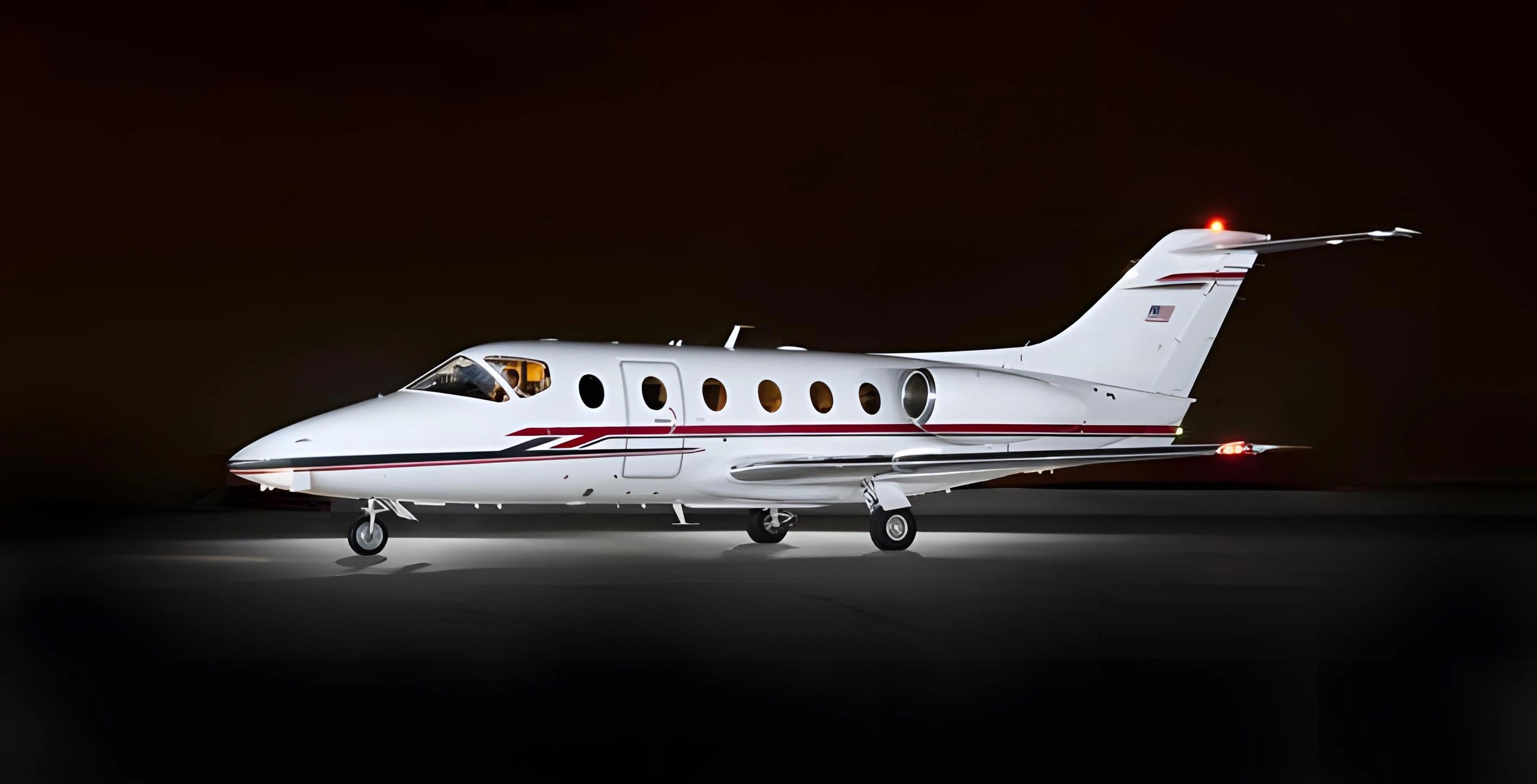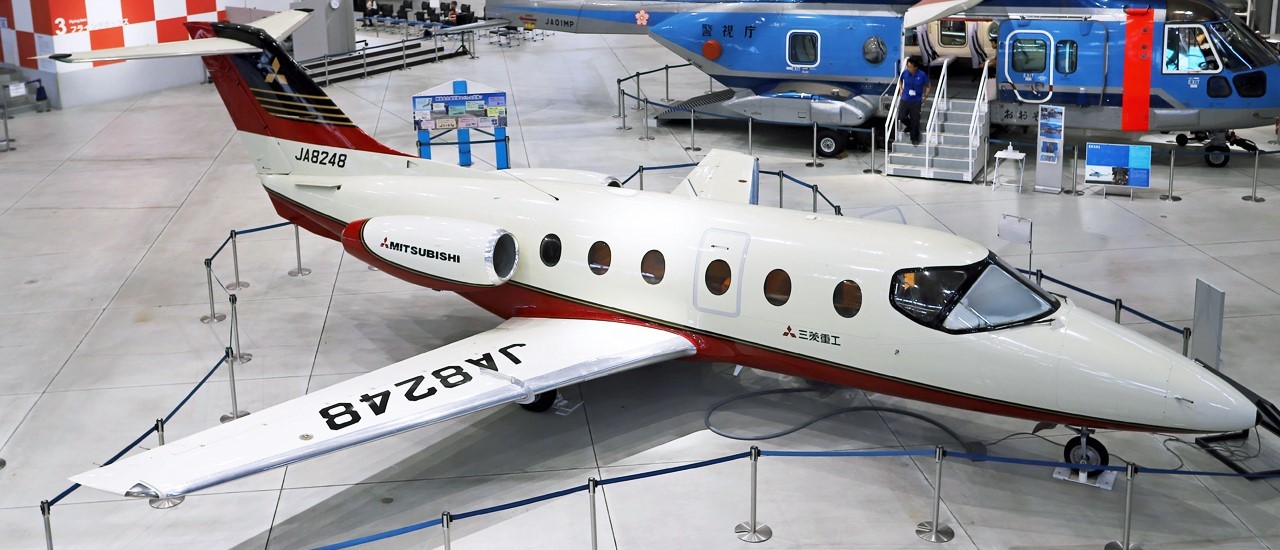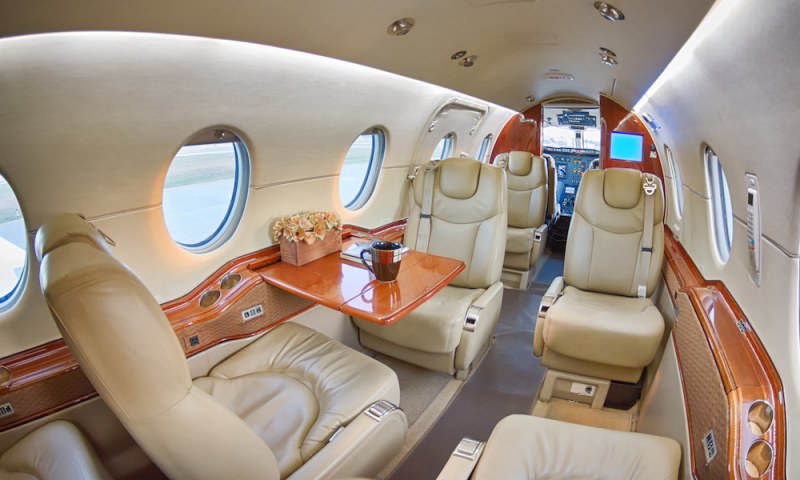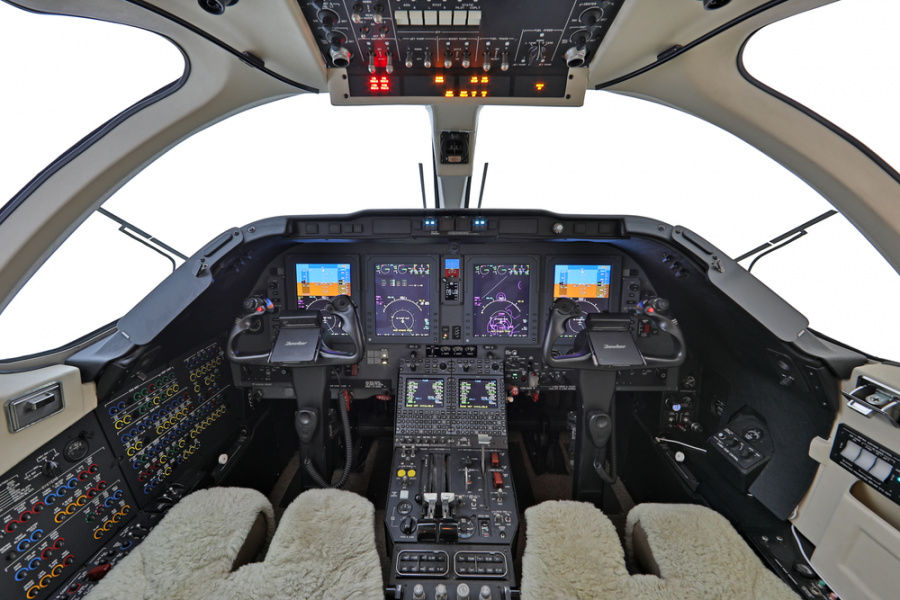The History of the Beechjet 400: A Legacy of Innovation and Performance

The History of the Beechjet 400: A Legacy of Innovation and Performance
The Beechjet 400 is one of the most iconic light jets in business aviation, known for its sleek design, reliability, and performance. Over the years, it has evolved through various iterations, solidifying its place in the private jet charter market. Its journey from inception to modern-day use is a testament to aviation engineering and market adaptability. For jet charter companies and private flyers alike, the Beechjet 400 represents an optimal blend of efficiency and luxury.

Origins: The Mitsubishi MU-300 Diamond
The history of the Beechjet 400 begins in the late 1970s with the Japanese aircraft manufacturer Mitsubishi. The company sought to develop a competitive light business jet and introduced the Mitsubishi MU-300 Diamond. This aircraft was designed with advanced aerodynamics, featuring a supercritical wing that provided superior performance at high speeds and improved fuel efficiency.
The MU-300 made its first flight in 1978 and received FAA certification in 1981. Despite its strong engineering and innovative design, Mitsubishi faced challenges in gaining significant market traction. The aircraft, while admired, struggled to break into a market dominated by established manufacturers like Cessna and Learjet. Eventually, Mitsubishi decided to exit the business jet market, leaving an opportunity for other companies to build on the MU-300’s promising foundation.

Beechcraft’s Acquisition and Rebranding
In 1985, Beechcraft, a well-known American aircraft manufacturer, recognized the potential of the MU-300 and acquired its design and production rights. Beechcraft made modifications and rebranded the aircraft as the Beechjet 400. The changes included refinements to the interior, avionics enhancements, and improvements to operational efficiency.
The newly named Beechjet 400 entered service in 1986 and quickly became a strong competitor in the light jet segment. Its spacious cabin, low operating costs, and excellent performance made it a favorite among corporate flight departments and charter operators. With twin Pratt & Whitney JT15D-5 engines, the Beechjet 400 offered a cruising speed of over 430 knots and a range of approximately 1,500 nautical miles, making it ideal for short- to mid-range business travel.
The Beechjet 400A: Enhancing the Platform
As the original Beechjet 400 gained traction, Beechcraft sought to refine and improve upon its design. In 1990, the company introduced the Beechjet 400A, an upgraded version with several significant improvements.
The 400A featured increased fuel capacity, boosting its range to nearly 1,800 nautical miles. Cabin pressurization was improved, offering a more comfortable flight experience for passengers. Additionally, avionics upgrades, structural enhancements, and increased maximum takeoff weight made the 400A a more versatile and appealing option for business aviation users.
These advancements helped the Beechjet 400A solidify its status as a highly sought-after aircraft, widely used in corporate fleets, fractional ownership programs, and private jet charters.

Raytheon and the Hawker 400XP Evolution
Beechcraft was acquired by Raytheon Aircraft Company in the 1990s, leading to further developments in the Beechjet 400 series. Under Raytheon's ownership, the aircraft underwent another transformation and was rebranded as the Hawker 400XP in 2003.

The Hawker 400XP retained the same airframe but featured updated avionics, improved cabin features, and enhancements to operational efficiency. It maintained the reputation of the Beechjet 400 series while offering incremental improvements that kept it competitive against newer light jets in the market.
Why the Beechjet 400 Remains Popular Today
Despite newer aircraft entering the market, the Beechjet 400 and its variants remain highly relevant in the private jet charter industry. There are several reasons for its continued popularity:
- Performance and Efficiency: The Beechjet 400 offers an excellent balance between speed, range, and fuel efficiency, making it a cost-effective choice for short- to mid-range flights.
- Cabin Comfort: The aircraft features a spacious and well-appointed cabin for its class, accommodating up to seven passengers comfortably.
- Reliable and Proven: With decades of operational history, the Beechjet 400 has a well-established record of reliability, making it a trusted option for charter operators and business travelers.
- Affordability: Compared to newer light jets, the Beechjet 400 provides excellent value in terms of acquisition and operating costs.

Modern Upgrades: The Next Generation of the Beechjet 400
Many Beechjet 400 aircraft have undergone modern avionics upgrades, improved interiors, and performance enhancements to extend their service life. Companies specializing in aircraft modernization have retrofitted older Beechjet 400 models with state-of-the-art avionics suites, including glass cockpits and upgraded autopilot systems.

Additionally, Nextant Aerospace introduced the Nextant 400XT/XTi, a remanufactured version of the Beechjet 400 that features new Williams FJ44-3AP engines, aerodynamic improvements, and advanced avionics. This modernization significantly enhances fuel efficiency, range, and overall performance, making the aircraft even more competitive in today’s market.
Conclusion: A Timeless Classic in Private Aviation
The Beechjet 400 has come a long way from its roots as the Mitsubishi MU-300. Through strategic acquisitions, technological advancements, and continuous refinements, it has remained a staple in the light jet category for decades. Whether in its original form or as an upgraded variant, the Beechjet 400 continues to provide an optimal solution for private jet travelers seeking efficiency, reliability, and comfort.
For jet charter companies, the Beechjet 400 remains a valuable asset in their fleets, offering clients a trusted and cost-effective option for business and leisure travel. Its history is a testament to innovation and adaptability—qualities that continue to make it a respected name in private aviation.

TriStar inspires!
It Might Also Be Interesting

Subscribe Now to TriStar Blog
Zero spam. Unsubscribe at any time.

TriStar 24/7 Call Center
E-Mail Support
TriStar Charters & Concierge arranges flights on behalf of our clients with FAA Certified FAR Part 135 direct air carriers that exercise full operational control of charter flights at all times. All flights purchased on our platform will be operated by FAR Part 135 direct air carriers that have been certified to provide service for the TriStar Charters & Concierge company clients and that meet all FAA safety standards. Your itinerary will clearly state the name of the certified operator conducting your flight.




